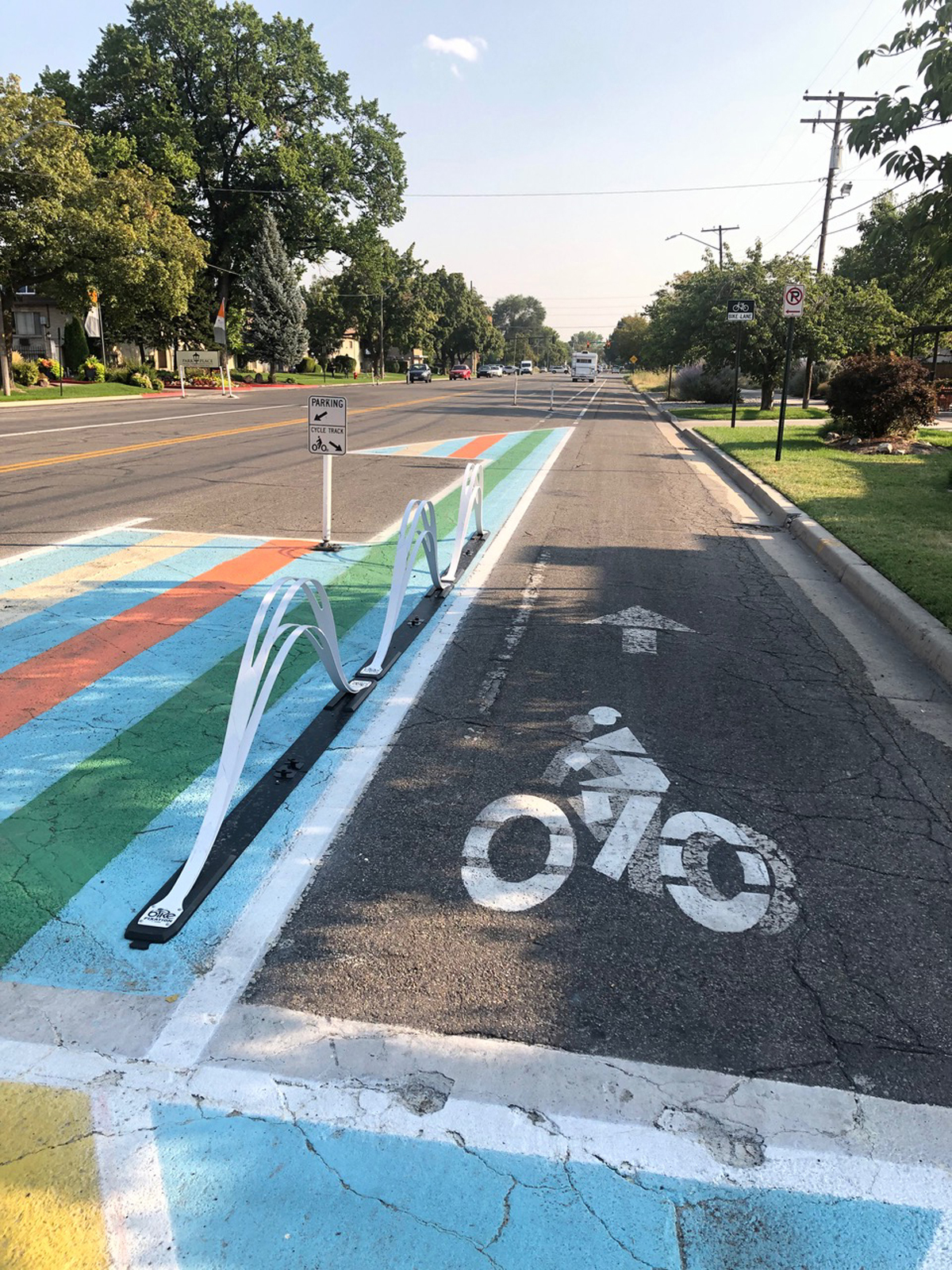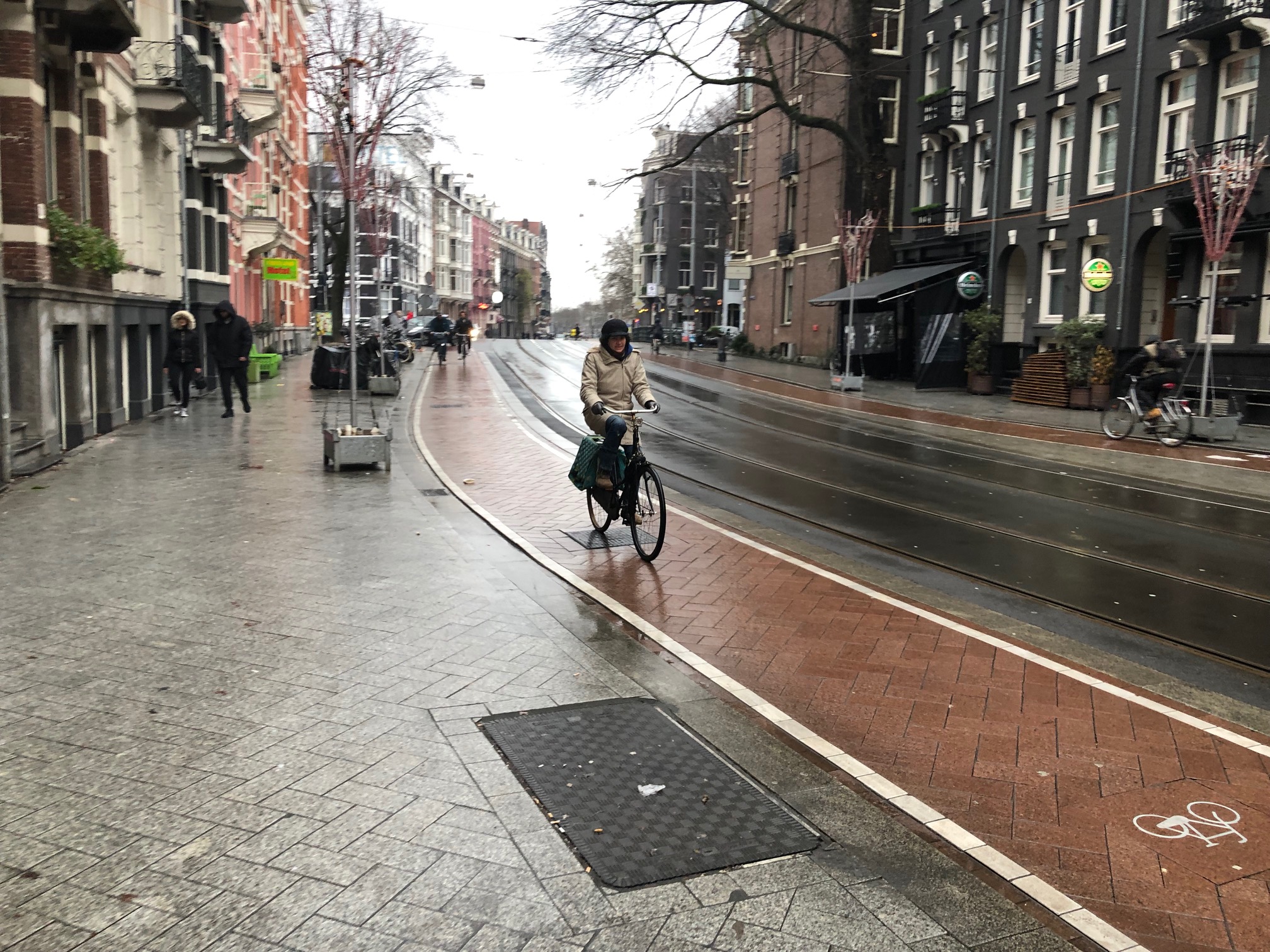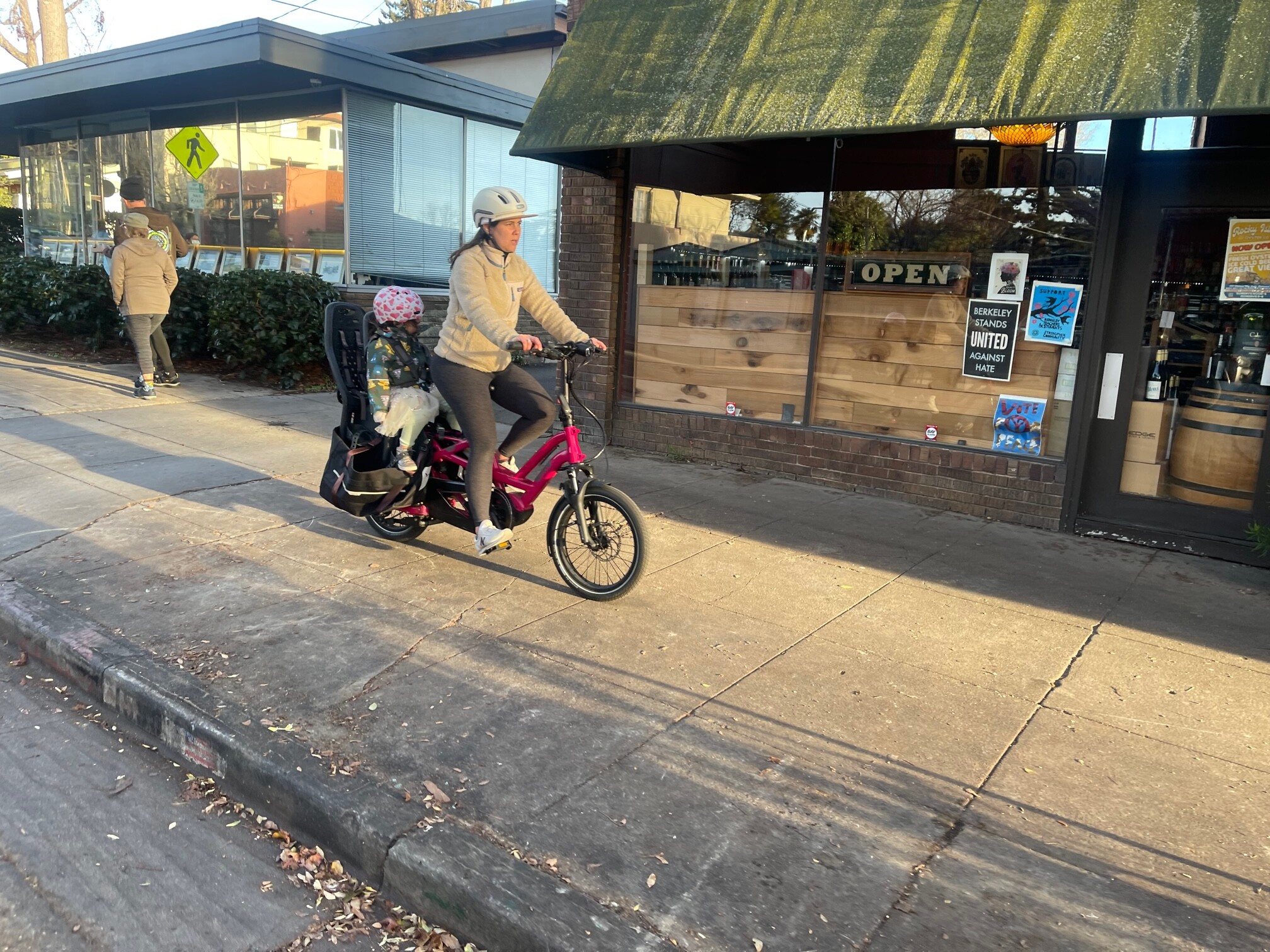By Brian Doucet, University of Waterloo and Robin Mazumder, University of Waterloo —
A major urban policy response during the pandemic has been the rapid implementation of new bike lanes. Paris, Milan and Bogotá were among the first cities to develop dozens, or even hundreds, of kilometres of new cycling routes.

Canadian cities were slower off the mark, but over the summer, new cycling infrastructure became part of their response to COVID-19 as well. A recent survey in Toronto demonstrated overwhelming support for these initiatives. It found that 84 per cent of respondents supported the construction of protected bike lanes and 85 per cent wanted the city to do more to protect vulnerable road users.
More than bike paths
Bike lanes are about more than bikes. They can be part of building a more equitable city. To achieve this potential, traditionally siloed discussions about transportation, housing, urban design, race and inequality need to be part of the same conversation. Building a better cycling city for all requires more than bicycle infrastructure.
This is because our experiences of the city, including by bicycle, are dependent on gender identity, gender, race, class, ability and sexual orientation, all of which can amplify experiences of marginalization. Therefore, an intersectional approach is necessary in order to fully understand different experiences and meanings of cycling.
As urban scholars and cycling advocates researching the production of inequality and how people experience urban space, we welcome new initiatives to enhance cycling. However, a critical analysis remains necessary in order to ensure that new bike lanes do not reinforce the already existing social, spatial and racial fault lines within cities.
To achieve cycling’s potential to enhance the safety, enjoyment, health, mobility and opportunities for everyone, three interrelated issues need to be addressed.
High-quality bike lanes
In North America, bike lanes are often mere
strips of paint ending at a busy intersection, forcing cyclists to navigate these busy intersections with cars and trucks. To allow more people to cycle safely during the pandemic and beyond, new infrastructure needs to be better designed, including separated bike lanes and protected intersections.

The Dutch Design Manual for Bicycle Traffic is the international gold standard for developing safe, seamless and connected bicycle networks. Some cities are taking note: Kitchener, Ont., is planning Canada’s first Dutch-design roundabout, which prioritizes bikes over cars.
Uneven distribution
Even before the pandemic, cities were becoming increasingly divided between affluent cores and peripheries that were home to growing concentrations of poverty, marginalization and visible minorities.
In these “forgotten densities” on the urban peripheries, there tends to be less cycling infrastructure.
The pandemic has accelerated these disparities. In June, the City of Toronto approved 40 kilometres of new bike lanes: the largest one-year increase in the city’s history. Of the eight projects, five were in the gentrified urban core (including two directly above a subway line). None can be found in neighbourhoods with the highest rates of COVID-19 infections.
Many of the most vocal cycling advocates live in gentrified urban cores. Measurable rates of cycling — such as journey-to-work — are far higher in these areas. However, there are many hidden aspects of cycling — such as the experiences of low-income and racialized residents — that neither show up in official statistics nor are central to mainstream urban debates.
In North America, the scarcity of bike lanes combined with their role in enhancing the quality of the urban environment means that they contribute to gentrification and displacement, particularly in downtown neighbourhoods.
This uneven geography is accelerating because of the pandemic: new bike lanes mean that those living in gentrified urban cores enjoy enhanced mobility choices. At the same time, residents in marginalized or peripheral communities continue to rely on overcrowded transit or are dependent on their automobiles.
To address these imbalances, the goal should be to develop a comprehensive network cycling infrastructure across the city. Bike lanes should be a ubiquitous piece of infrastructure found downtown and in the suburbs, in rich neighbourhoods and poor ones. This is common in Dutch cities, where some of the best infrastructure can be found at the edges of cities.
Intersectionality and the experiences of urban space
However, even if this geographic uniformity were achieved, it would still not make cycling safe and enjoyable for all. As the recent Black Lives Matter and anti-police brutality protests have shown, how urban spaces are experienced varies tremendously depending on who you are. Cycling is not exempt from this.
Traditional planning metrics to measure the experiences of cycling focus on traffic-related stress, such as sharing busy a road with trucks. Cycling advocates call for measures to reduce this stress, such protected bike lanes . However, it is important to consider how other forms of stress, like racism and police surveillance, intersect with traffic-related stress and influence the experiences of cyclists marginalized by race, gender, age, class or sexual orientation.
Planner Tamika Butler and anthropolgist-planner Destiny Thomas point out that in order for cycling to be a tool to further social justice, race has to be central to how we plan and advocate for safer streets. Thomas says: “If you want to ban cars, start by banning racism.”
There is nothing inherently exclusionary about the bicycle. Because of its ease of use, affordability and flexibility, cycling can be one of the most egalitarian forms of transport. To achieve this, however, advocacy, planning and policy needs to shift beyond infrastructure to an intersectional analysis that examines the different lived experiences of urban space. That means connecting cycling to wider conversations about social and racial justice, defunding the police, the right to the city and the anti-eviction movement. This approach is necessary to plan and build a more equitable city.![]()
Brian Doucet, Canada Research Chair in Urban Change and Social Inclusion, University of Waterloo and Robin Mazumder, PhD Candidate, Cognitive Neuroscience, University of Waterloo
This article is republished from The Conversation under a Creative Commons license. Read the original article.






